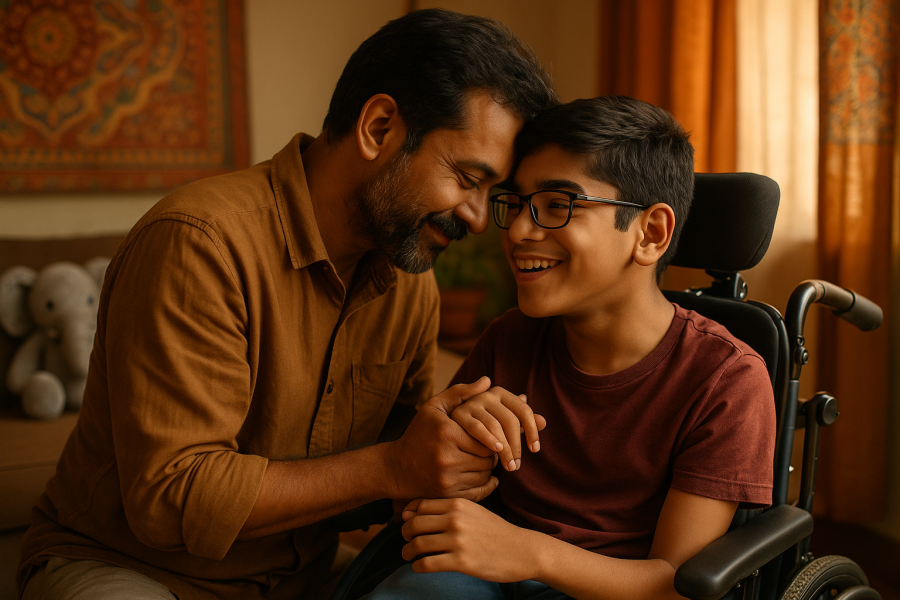- Argentina
- Australia
- Austria
- Bahrain
- Belgium
- Bhutan
- Brazil
- Brunei
- Cambodia
- Canada
- Chile
- China
- Colombia
- Cyprus
- Denmark
- Fiji
- Finland
- France
- Germany
- Greece
- Hong Kong SAR China
- Hungary
- India
- Indonesia
- Iran
- Iraq
- Israel
- Italy
- Japan
- Jordan
- Kenya
- Kuwait
- Luxembourg
- Macau SAR China
- Malaysia
- Maldives
- Mauritius
- Myanmar [Burma]
- Nepal
- Netherlands
- New Zealand
- Norway
- Oman
- Philippines
- Poland
- Portugal
- Qatar
- Russia
- Saudi Arabia
- Singapore
- South Africa
- South Korea
- Spain
- Sri Lanka
- Swaziland
- Sweden
- Switzerland
- Taiwan
- Thailand
- Turkey
- Ukraine
- United Arab Emirates
- United Kingdom
- United States
- Vietnam
- Yemen
- Zimbabwe
Surgery in cerebral palsy

Surgery in cerebral palsy
Surgery can sometimes be a consideration for individuals with cerebral palsy (CP), particularly if they experience severe muscle stiffness (spasticity) or contractures that significantly limit their movement and quality of life. The goals of surgery in cerebral palsy often include improving function, reducing pain, preventing deformity, and enhancing overall quality of life.
There are several types of surgical procedures that may be performed for individuals with CP, depending on their specific needs and circumstances:
Selective Dorsal Rhizotomy (SDR): This surgical procedure involves cutting some of the sensory nerve fibers that contribute to muscle spasticity. It's typically performed on children with spastic diplegia or quadriplegia to reduce muscle stiffness and improve mobility.
Orthopedic Surgery: Various orthopedic procedures may be performed to correct deformities, improve joint alignment, or lengthen muscles and tendons to improve function and mobility. These surgeries can include muscle lengthening, tendon transfers, joint releases, or osteotomies (bone cuts to change alignment).
Intrathecal Baclofen Pump: In severe cases of spasticity that do not respond well to oral medications or other treatments, a pump can be surgically implanted to deliver the muscle relaxant medication baclofen directly into the spinal fluid, which can help reduce muscle stiffness.
Deep Brain Stimulation (DBS): Although less common, DBS involves implanting electrodes into specific areas of the brain and connecting them to a neurostimulator (similar to a pacemaker) to deliver electrical impulses. It can be considered for individuals with severe movement disorders, including some types of CP.
Selective Percutaneous Myofascial Lengthening (SPML): This is a minimally invasive surgical technique used to release tight muscles and tendons, improving range of motion and reducing contractures.
The decision to pursue surgery in cerebral palsy is typically made collaboratively between the individual, their family, and a multidisciplinary team of healthcare professionals, including orthopedic surgeons, neurosurgeons, physiatrists, and physical therapists. It's essential to consider the potential risks, benefits, and long-term outcomes of surgery carefully.
Additionally, rehabilitation and post-operative therapy are often essential components of the treatment plan to optimize the results of surgery and help individuals regain function and mobility.

 by Admin
by Admin


